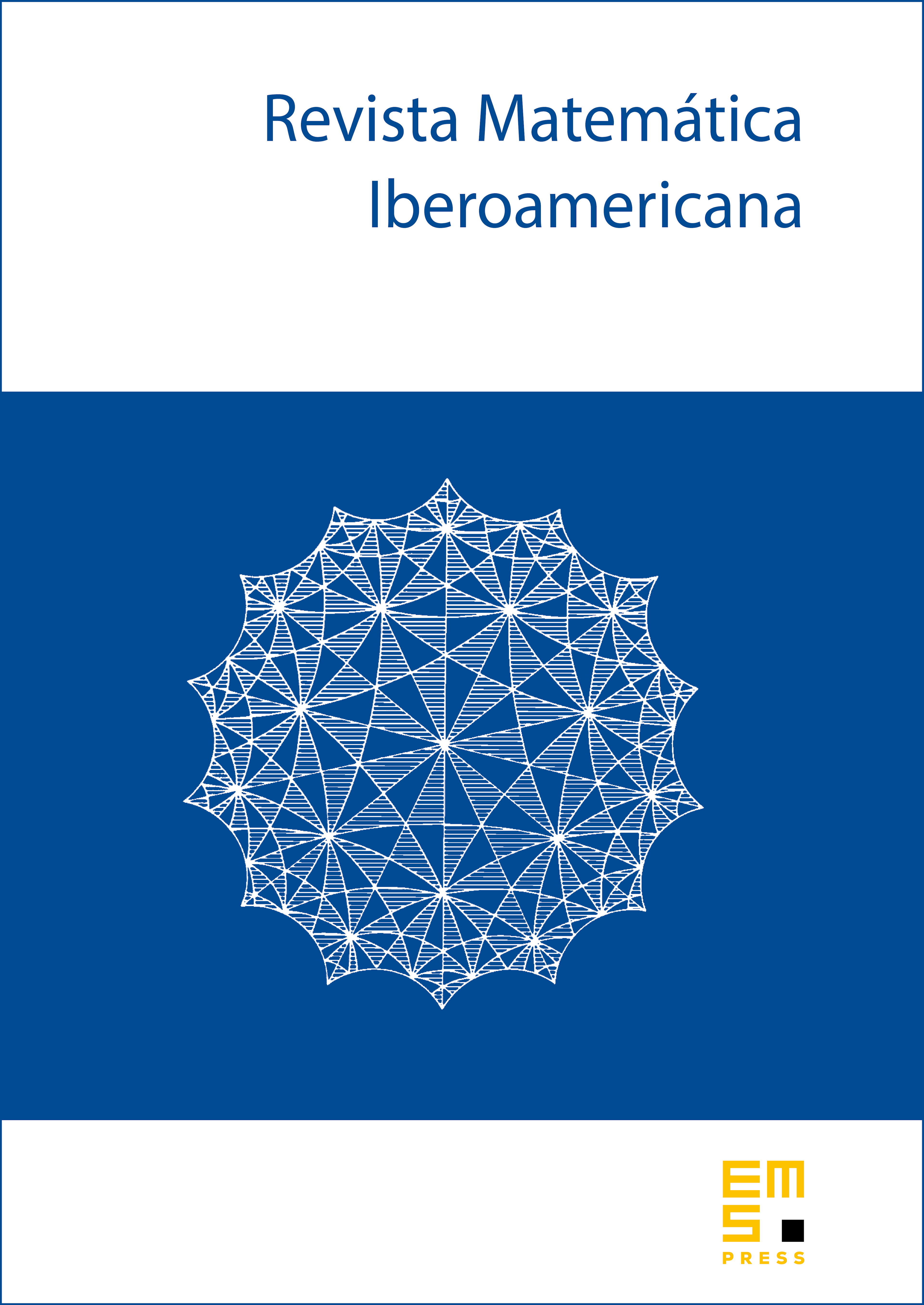Strichartz estimates for the metaplectic representation
Alessandra Cauli
Politecnico di Torino, ItalyFabio Nicola
Politecnico di Torino, ItalyAnita Tabacco
Politecnico di Torino, Italy

Abstract
We provide new estimates for the matrix coefficients of the metaplectic representation, inspired by a formal analogy with the Strichartz estimates which hold for several classes of evolution propagators . The one parameter group of unitary operators is replaced by a unitary representation of a non-compact Lie group, the group element playing the role of time; the case of the metaplectic or oscillatory representation is of special interest in this connection, because the Schrödinger group is a subgroup of the metaplectic group. We prove uniform weak-type sharp estimates for matrix coefficients and Strichartz-type estimates for that representation. The crucial point is the choice of function spaces able to detect such a decay, which in general will depend on the given group action. The relevant function spaces here turn out to be the so-called modulation spaces from time-frequency analysis in Euclidean space, and Lebesgue spaces with respect to Haar measure on the metaplectic group. The proofs make use in an essential way of the covariance of the Wigner distribution with respect to the metaplectic representation.
Cite this article
Alessandra Cauli, Fabio Nicola, Anita Tabacco, Strichartz estimates for the metaplectic representation. Rev. Mat. Iberoam. 35 (2019), no. 7, pp. 2079–2092
DOI 10.4171/RMI/1112